The content of the article
Modern devices and useful inventions greatly facilitate the life of a pregnant woman and a young mother. A couple of dozen years ago, the bandage was difficult to find on the market and many women after childbirth were tightly tied with towels and sheets. Fortunately, the life of a modern woman in childbirth is much easier. Today, the range of pharmacies and lingerie stores is a wide selection of bandages for both antenatal and postnatal. In this article you will learn what a postpartum bandage is, why, how and how much to wear, and how to choose it. In addition, you will understand that not everyone can wear a bandage - in some cases this can lead to unpleasant consequences.
The benefits of postpartum bandage
The bandage can be prenatal and postpartum. During pregnancy, the bandage is prescribed to women with various pathologies of the cervix. The bandage holds the weight of the fetus so that the baby does not press on the neck and does not provoke a premature birth process. Moreover, in some cases, only the bandage is able to deliver the fetus to the due date. As for the postpartum bandage? How does he act?
- Bandage helps to reduce the uterus. As you know, during pregnancy, the uterus is constantly growing and increasing in size. After childbirth, it begins to contract - this is facilitated by the hormone oxytocin, which is produced when a baby sucks a breast. If you wear a bandage, uterine contraction occurs much faster.
- The bandage allows you to quickly return all the internal organs "in place". Everyone knows that fetal growth inside the womb poses a serious obstacle to the abdominal organs. Without exception, they are all moving together. The postpartum bandage will allow them to fit again in the right order.
- As you know, the skin has the ability to stretch and contract. Wearing a postpartum brace allows you to improve the elasticity of the skin, it quickly tightens and returns to its previous state.
- The bandage can not only improve the elasticity of the skin, but also supports the muscles in good shape. This will allow you to get back in shape faster.
- Wearing a bandage is a prerequisite for women after cesarean section surgery. A tight bandage allows the seam not to stretch, not to deform. Firstly, it heals faster, and secondly, the esthetic side of the issue plays an important role - the seam remains small and barely noticeable.
- The bandage facilitates the movement of the mother. Many women after childbirth are not in the best condition - someone underwent caesarean surgery, someone has internal or external sutures in the perineum. After childbirth it’s hard to walk, lift weights. But no one will free the young woman from worries about the newborn baby - he needs to be raised, fed, changed diapers. The bandage will reduce the load on the back and allow at least a little to alleviate the condition of the mother.
- The bandage is prescribed for various diseases of the back and spinal column. It supports the back in position and relieves of acute and aching pain. In addition, the bandage prevents the development of hernias, which very often appear in the first months after childbirth.
- For certain indications, it is recommended to wear a bandage to prevent prolapse and prolapse of the uterus.
These are the main advantages that indicate that the bandage is still necessary. However, I want to note that it is impossible to wear it without the permission of the doctor, since in certain cases it can be not only useless, but also very harmful.
Contraindications for wearing a bandage
Another contraindication for wearing a tight dressing is various swelling in the abdominal cavity, which can occur due to impaired kidney function, flatulence, or heart failure. In these cases, you need to identify the cause of the underlying disease and treat it. Sometimes an allergic reaction occurs on the fabric of the bandage. This is especially noticeable after childbirth - the body of a lactating woman is most sensitive to various contact irritants. With dermatitis and rash, it is also impossible to use a bandage.
So, you met with the pros and cons of this therapeutic design. If you have direct indications for wearing a bandage, the doctor will certainly tell you about it. If you on your own initiative want to wear a bandage after childbirth - be sure to consult a doctor. If he does not mind, you can start choosing a bandage.
Types of bandages
Here are some types of supportive underwear that can help you deal with the burdens of the postpartum period.
- Universal bandage. It is a belt that can be fixed both narrow and wide. It can be used during pregnancy and after childbirth.
- Velcro belt. This is the very first type of postpartum bandages, but today it is not very popular due to relative inconvenience. Such a bandage can be adjusted independently, changing the size according to your feelings. However, the bandage is visible under the clothes, very bulky and uncomfortable.
- Postpartum bandage briefs. This is a very comfortable model, made of dense fabric that perfectly supports the abdominal cavity. Underpants are not visible under clothing, a high rise allows you to form the natural curves of the body.
- Corsetry underpants. Corset panties are the same panties, but with a higher waist, some models have fasteners and straps. The bandage perfectly supports not only the stomach, but also the chest, which also needs to be fixed during breastfeeding.
- Bermuda This bandage is in the shape of a leggock that tightens not only the stomach, but also the hips and buttocks. The length of such a brace can vary - some models reach the knees. This form of bandage also prevents varicose veins and the appearance of cellulite on the hips.
- Skirt. This is a bandage that looks like a belt, but in a slightly different shape. He puts on his hips, covers his stomach, sides and hips. It is convenient because it is worn over the clothes, this allows you not to wash it daily.
In addition to these basic types, bandages can be complex, for example, corset and Bermuda, that is, the bandage starts from the chest level and ends closer to the knees. He perfectly supports the body and gives it the desired shape, however, wearing such a design is not always very convenient. To make the bandage comfortable, you need to choose it correctly.
How to choose a postpartum bandage
Here are a few criteria to consider when choosing a postpartum brace.
- It is very important to correctly choose the size of the bandage. Many models have a table on the packaging with a detailed description of the size, that is, the volume of the waist, hips, thighs. Measure these indicators at home and only then go shopping.It’s great if you can try on a bandage. When spontaneously buying a bandage, remember your pre-pregnant clothing size. If during pregnancy you have recovered no more than 12 kg, it will be relevant. If the number of kilograms gained exceeds this figure, choose a bandage one size larger.
- Choose a product from natural fabrics, elastin, microfibre. Remember, the amount of cotton in the composition of the fabric should not be less than 30%. Otherwise, you will sweat in the bandage, this will lead to dermatological diseases, diaper rash on the skin. The fabric should allow air to pass through, absorb moisture well.
- Choosing the type of bandage follows from your needs and the testimony of a doctor. If you have perineal tears, you should choose the bandage that is easily removed and worn. When buying a bandage in the form of panties, it is better to buy several products, because, like ordinary linen, the bandage will need to be washed every day. Immediately after childbirth, it is better to wear panties and Bermuda, which not only tighten the stomach, but also tightly fix the gasket, which is also important, because the discharge after childbirth is plentiful.
- Try to choose those models that can be adjusted according to the level of fasteners. Perhaps within a few weeks after giving birth you will need a couple of sizes of bandage as the abdomen shrinks. With an adjustable buckle, you don’t have to buy different models.
- Do not buy or use bandages worn by your friends or sisters. In addition to the fact that it is not very hygienic, the bandage has the ability to adapt to a certain figure and stretch in some places. That is, it is for single use - for the second figure, it will no longer be suitable or will be less effective.
- It is better to buy a bandage at the pharmacy. In lingerie stores, bandage underpants and corsets have a more cosmetic purpose - for body shaping. But the medical bandages are tailored a little differently. Let them not be worn under an evening gown, but they also have a different purpose. They are aimed at quick and effective uterine contraction, they return to women their pre-pregnancy form.
Remember, the bandage should sit comfortably, you should be comfortable in it. The fabric should fit snugly, but not squeeze the body. The bandage should be worn every day, taking breaks for 3-4 hours. The rest of the time you can not remove the bandage. It is not recommended to sleep in the bandage at night - give the tissues, skin and muscles a little rest. If you use the bandage competently, with its help you can achieve excellent results, help your body quickly return to normal - both aesthetically and physically.
Video: postpartum bandage

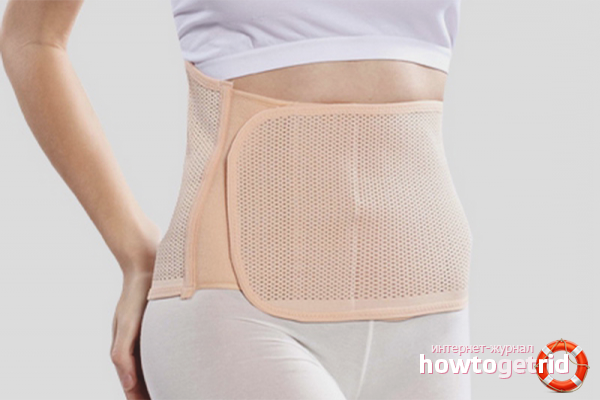
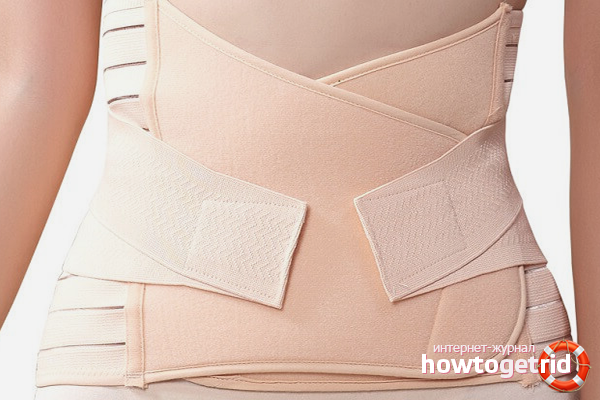
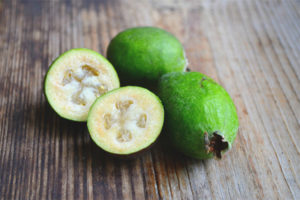
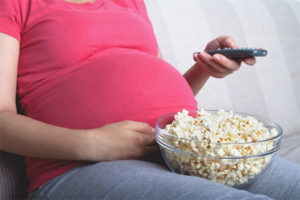


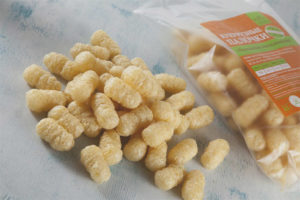



Submit